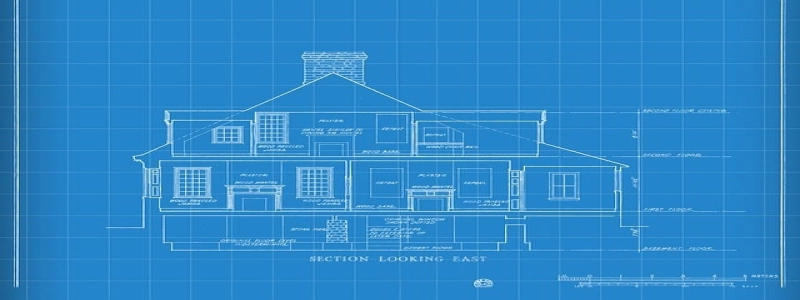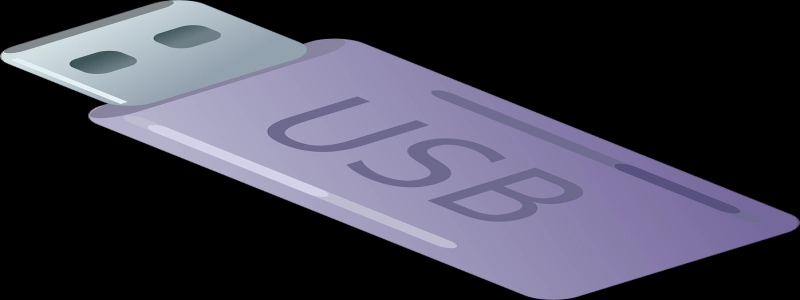Coax vs Ethernet
導入:
今日のデジタル時代では, networking plays a vital role in connecting devices and ensuring seamless data transmission. Two commonly used methods for networking are coaxial cables and Ethernet cables. 記事上で, we will explore the differences between coax and Ethernet, allowing readers to make an informed decision about which option best suits their needs.
私. Coaxial Cables:
A. 意味:
Coaxial cables, often referred to as coax cables, consist of a center conductor, surrounded by a dielectric insulator and an outer conductor. This design helps to minimize signal interference and ensure efficient data transmission.
B. Advantages of Coax:
1. Broadband Connectivity: Coax cables provide excellent signal quality, making them ideal for delivering high-speed internet and television signals.
2. Longer Distance Transmission: Coax cables have a greater transmission distance compared to Ethernet cables, allowing for networking in larger areas without signal degradation.
3. Durability: Coaxial cables are built to withstand external interference and can operate efficiently even in harsh environments, making them suitable for outdoor installations.
C. Disadvantages of Coax:
1. Limited Bandwidth: Although coax cables offer good signal quality, they have limited bandwidth compared to Ethernet cables. This limitation may affect data transfer speeds, especially in high-demand applications.
2. Difficult Installation: Coax cables are relatively thicker and less flexible than Ethernet cables, making them more challenging to install, especially in tight spaces or around corners.
Ⅱ. Ethernet Cables:
A. 意味:
Ethernet cables, also known as twisted pair cables, consist of four tightly twisted pairs of copper wires. This design helps to minimize electromagnetic interference and ensure reliable data transmission.
B. Advantages of Ethernet:
1. Higher Bandwidth: Ethernet cables provide higher bandwidth capabilities, resulting in faster data transfer rates and the ability to support multiple devices simultaneously.
2. Easy Installation: Ethernet cables are flexible and thinner, making them easier to install. They can be easily routed around corners, through walls, and in hard-to-reach areas.
3. Compatibility: Ethernet is a widely-used networking standard, ensuring compatibility with a wide range of devices such as computers, printers, and gaming consoles.
C. Disadvantages of Ethernet:
1. Limited Distance: Ethernet cables have a shorter maximum transmission distance compared to coax cables. This limitation requires the use of additional networking equipment, such as switches or routers, to extend the network coverage.
2. Vulnerable to EMI: Although twisted pair cables reduce electromagnetic interference, Ethernet cables are still susceptible to external interference, leading to signal degradation in noisy environments.
結論:
In the coax vs Ethernet debate, it is crucial to consider the specific requirements of your networking needs. Coax cables are a reliable choice for long-distance transmission and outdoor installations, while Ethernet cables offer higher bandwidth and easier installation. Ultimately, the decision between coax and Ethernet depends on factors such as data transfer speed, distance requirements, and environmental conditions. By understanding the advantages and disadvantages of each option, users can make an informed choice and ensure efficient networking.








